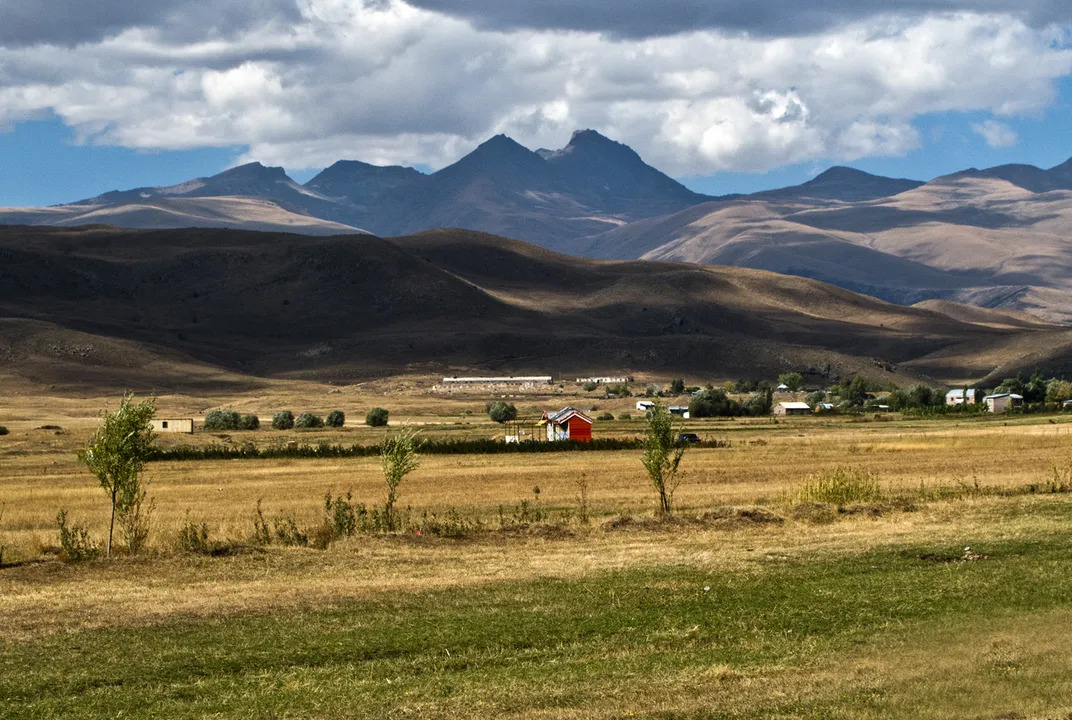
The history of the Armenian people is a captivating narrative that spans millennia and is deeply intertwined with the complex tapestry of the Caucasus region. With a distinct language, culture, and heritage, the Armenians have maintained their identity through a turbulent history marked by empires, wars, and diaspora. In this blog post, we will explore the fascinating history of the Armenian people and the evolution of their ethnic identity.
| Are you a Tax Lawyer in USA? 👉Transform Your Brand: Click for Metamorphosis👈 |
The roots of Armenian history can be traced back to the ancient world. The Armenians are believed to be one of the oldest Indo-European ethnic groups, with evidence of their existence dating as far back as the 6th century BCE. Their homeland, situated in the South Caucasus, played a pivotal role in their cultural development. The emergence of the Kingdom of Urartu in the 9th century BCE marked one of the earliest known Armenian states, contributing significantly to their ethnic identity.
One of the most significant chapters in Armenian history is the adoption of Christianity as the state religion in the early 4th century CE. This momentous event, spearheaded by Saint Gregory the Illuminator, solidified Armenia as the first Christian nation in the world. Christianity not only became an integral part of Armenian identity but also played a crucial role in shaping its culture and values.
Throughout the medieval period, Armenia was a battleground for various empires, including the Byzantines, Persians, and Arabs. Despite facing political turmoil, the Armenian people managed to preserve their distinctive language and culture. The establishment of the Bagratid Kingdom in the 9th century and the later emergence of the Cilician Kingdom in the 12th century allowed Armenia to experience periods of autonomy and cultural flourishing.
One of the darkest chapters in Armenian history is the Armenian Genocide, which took place during World War I. Under the Ottoman Empire, hundreds of thousands of Armenians were subjected to mass killings, forced deportations, and atrocities. The Armenian Genocide, recognized by many countries and scholars as a genocide, profoundly affected the Armenian diaspora and continues to shape the collective memory and identity of the Armenian people.
The Armenian Genocide and subsequent political upheavals led to a significant Armenian diaspora, spreading across the globe. Communities of Armenians established themselves in countries such as the United States, France, Russia, and Lebanon. Despite living in various corners of the world, these diaspora communities have played a crucial role in preserving Armenian culture, language, and identity.
The Armenian language, with its unique alphabet, is a cornerstone of Armenian identity. The language has evolved over centuries but remains central to the culture and heritage of the Armenian people. Armenian literature, music, and art have also flourished, reflecting the rich tapestry of their history.
The history of the Armenian people is a testament to resilience, cultural preservation, and the enduring power of identity. From their ancient roots to the challenges of the modern world, the Armenians have maintained a strong sense of self. Their history is marked by triumphs and tragedies, yet their cultural heritage continues to thrive, carried forward by a global diaspora committed to preserving their ethnic identity. In learning about the Armenian people, we gain not only an appreciation for their rich history but also a deeper understanding of the complexities of ethnic identity in a globalized world.